Best Practices for Protecting Whistleblowers: The Role of Leadership
Retaliation against employees who report issues is all too common.
5,000 Companies save time and money with GoCanvas



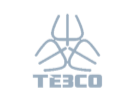


The best way to avoid retaliation and external airing of employee concerns about safety or organizational integrity is to address the concerns internally in a timely and effective manner and to have a strong program to prevent and correct any retaliatory actions. Chief executives and boards of directors must take the lead in implementing a whistleblower-protection and anti-retaliation system that includes training in how to identify retaliation, carry out independent and thorough investigations, and, as necessary, undertake corrective actions. Creating a non-retaliatory environment avoids external legal and public relations risks, and improves employee satisfaction and involvement. There are business leaders whose experience shows that organizational effectiveness and profitability improve when these whistleblower protection actions are put in place. To gain these benefits, organizations need to move from defense and reaction to proactive programs to hear and resolve issues and to otherwise prevent retaliation.
The suggestions in the Best Practices for Protecting Whistleblowers: The Role of Leadership mobile app are presented in a generic form, adaptable to most workplaces, but must be adjusted to variables like size, history, and applicable law. GoCanvas has more apps related to The Whistleblower Protection Act of 1989. Check them out in in our Application Store.
GoCanvas accounts come
with hundreds of form templates
Don't take our word for it...
“I’m not a tech guy and I was able to pick this thing up in probably an hour, and actually start to build apps. I’ve done them over lunch when I’ve gotten frustrated with a process that didn’t exist in our company. So for non tech people who’ve got a problem, the support here is awesome and I’d recommend it to anybody, not just in our industry.”








